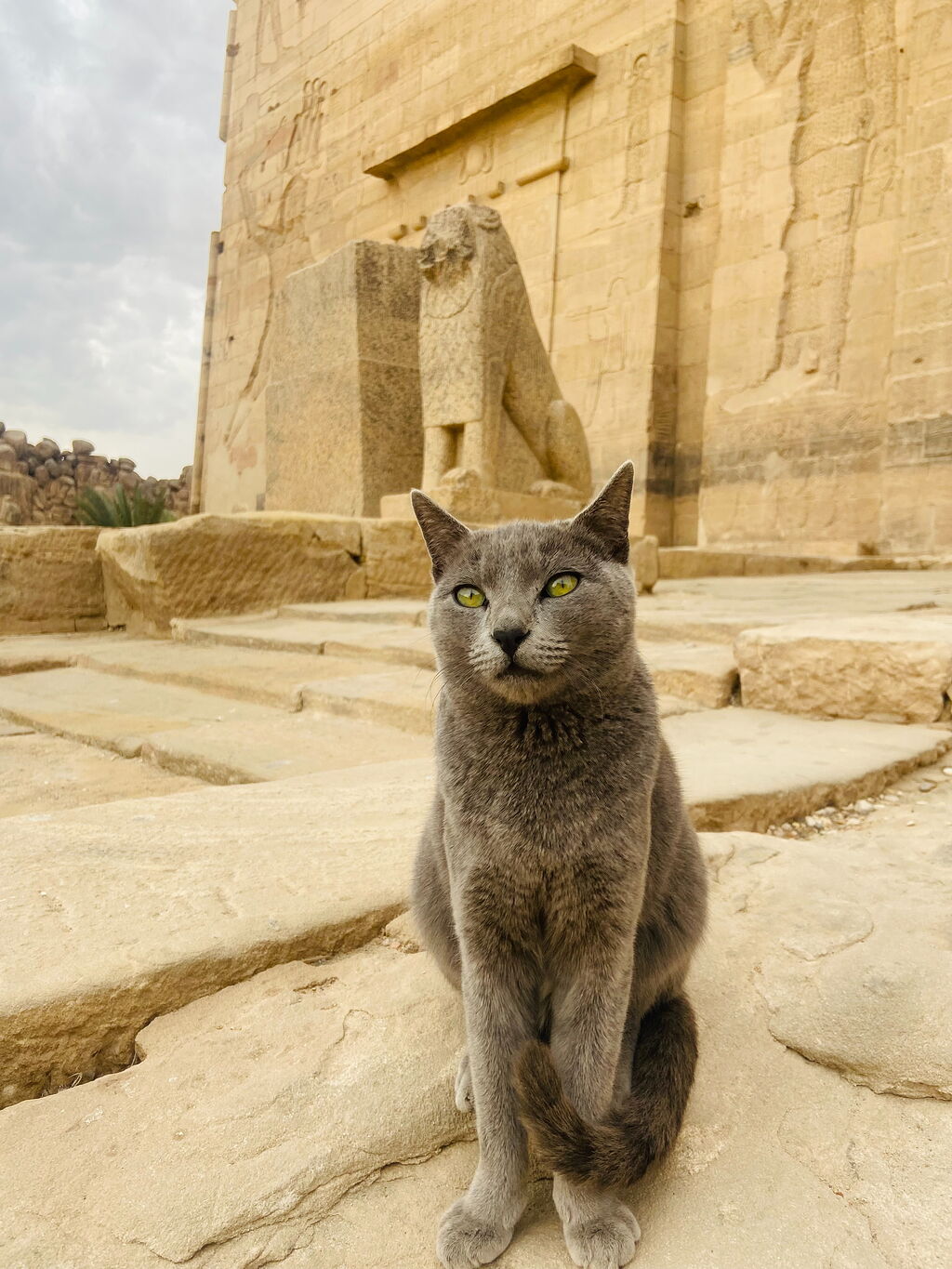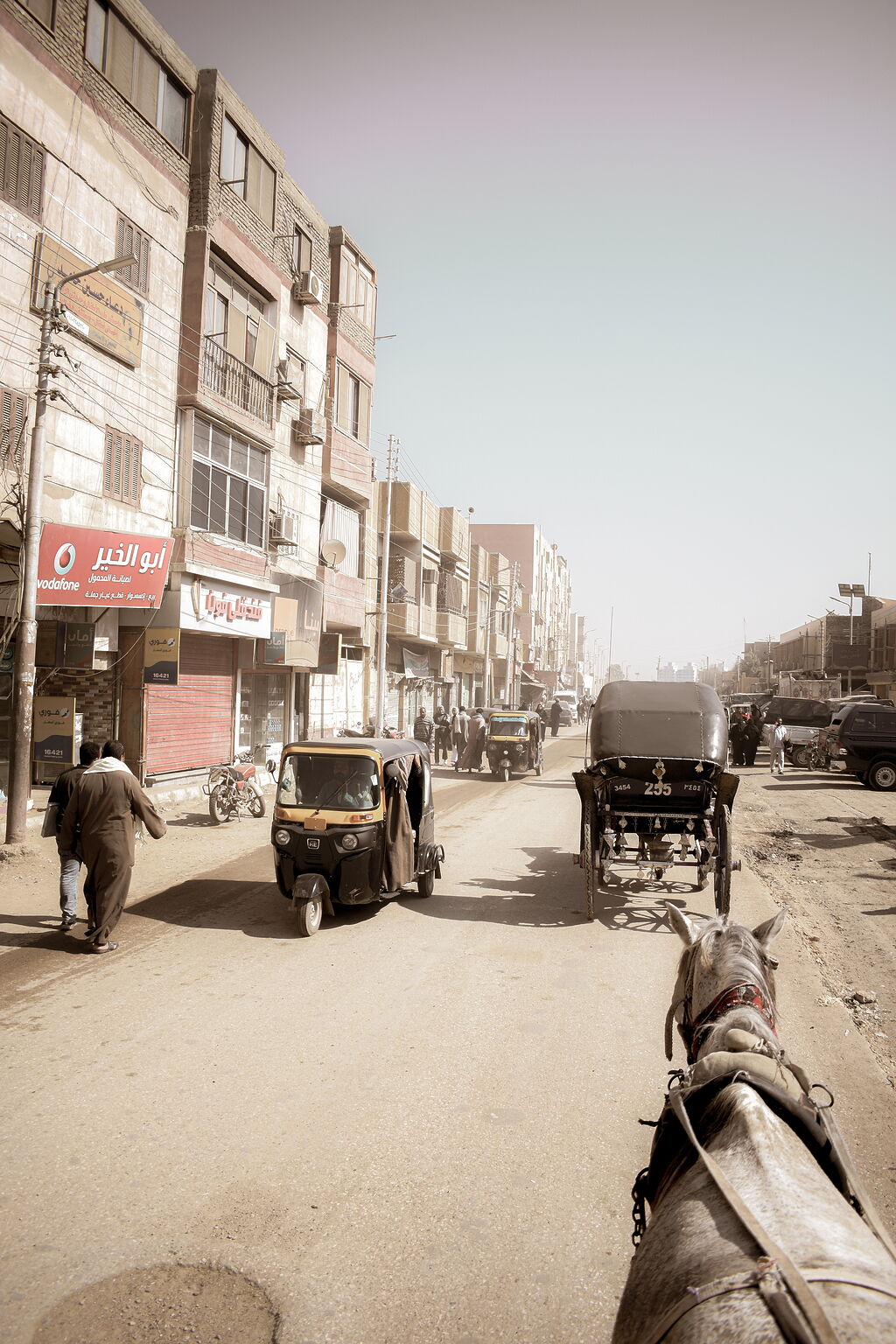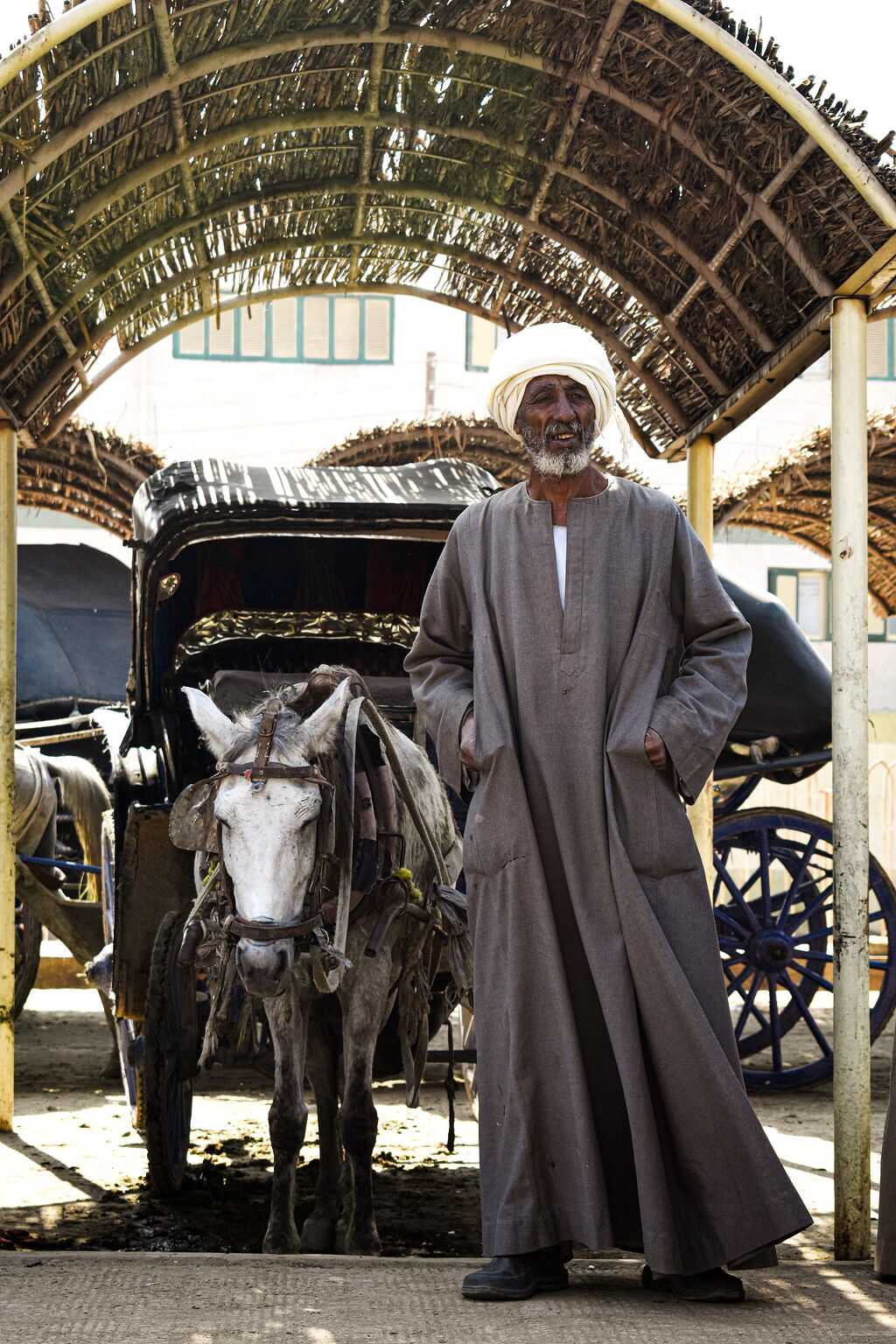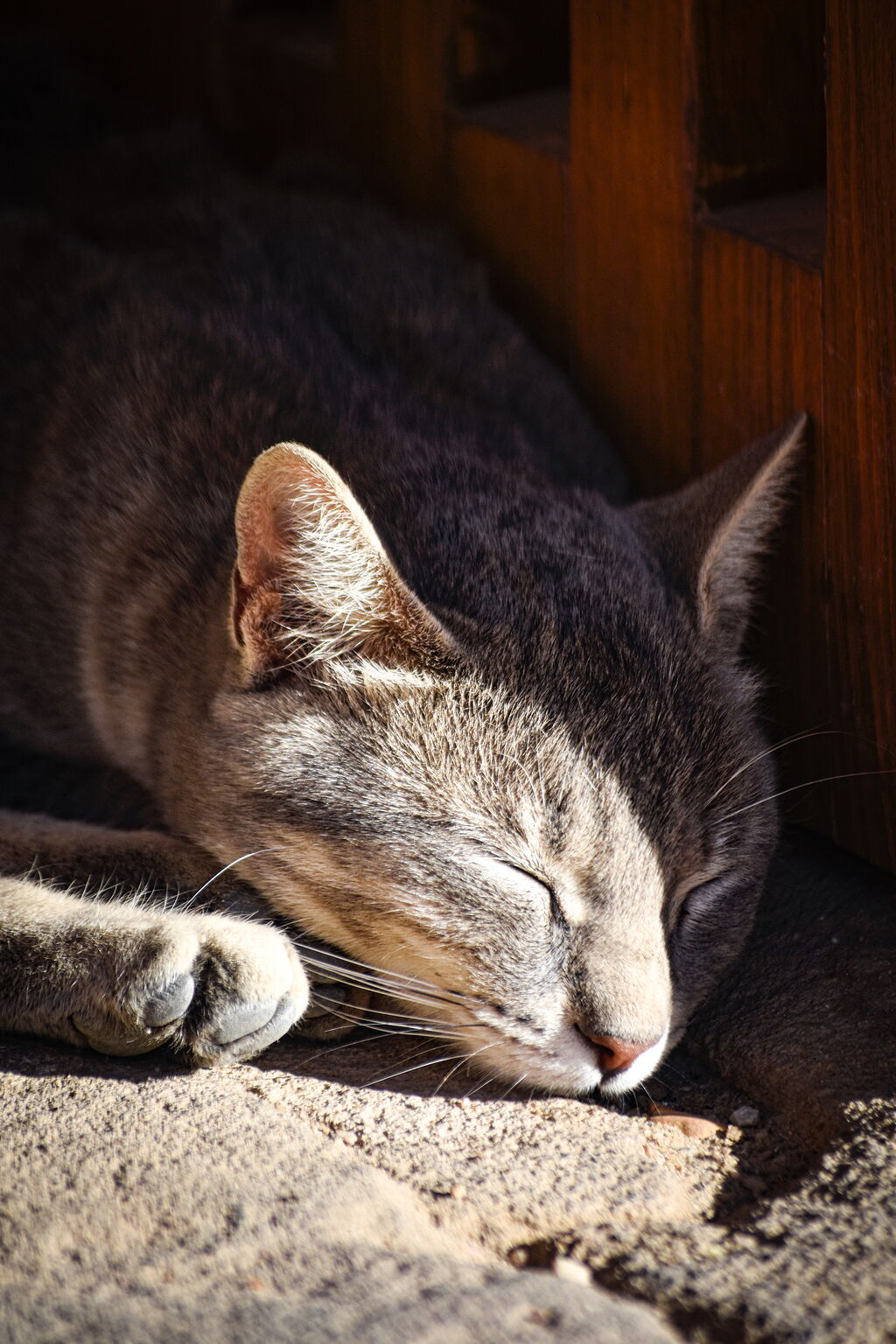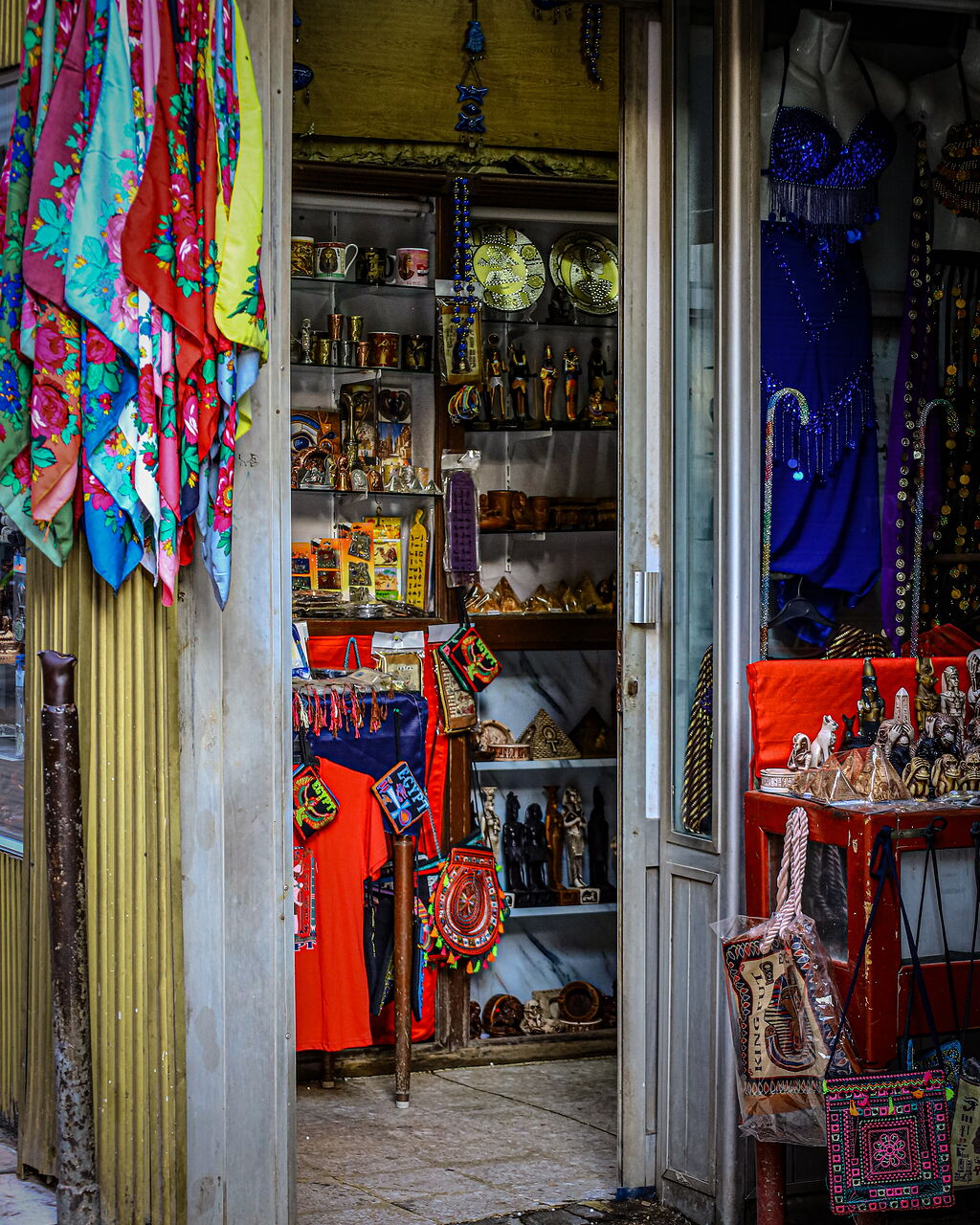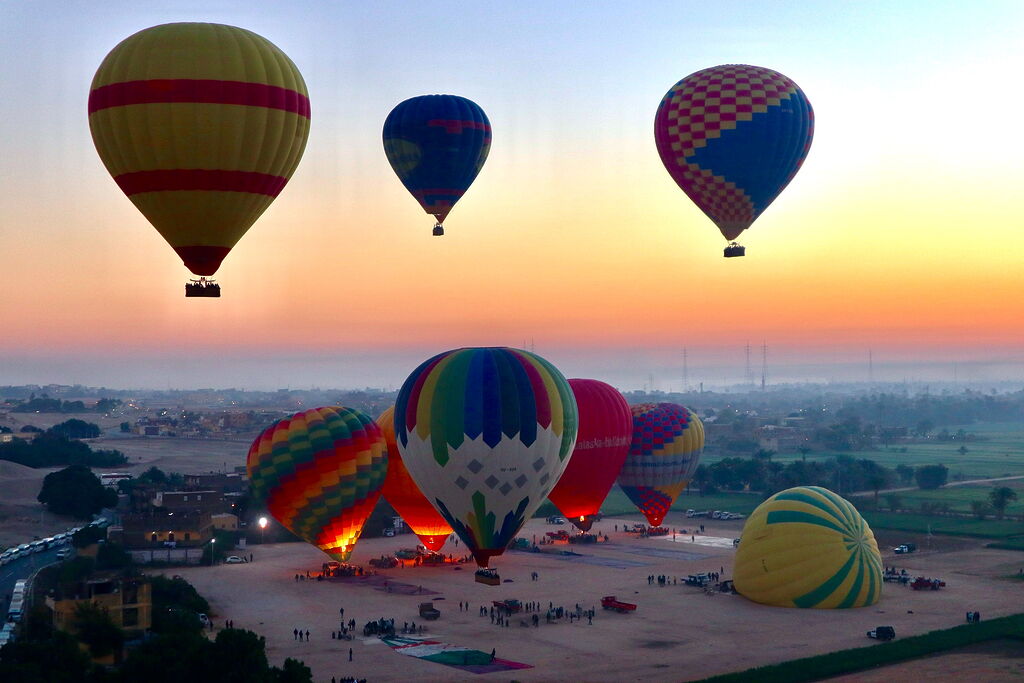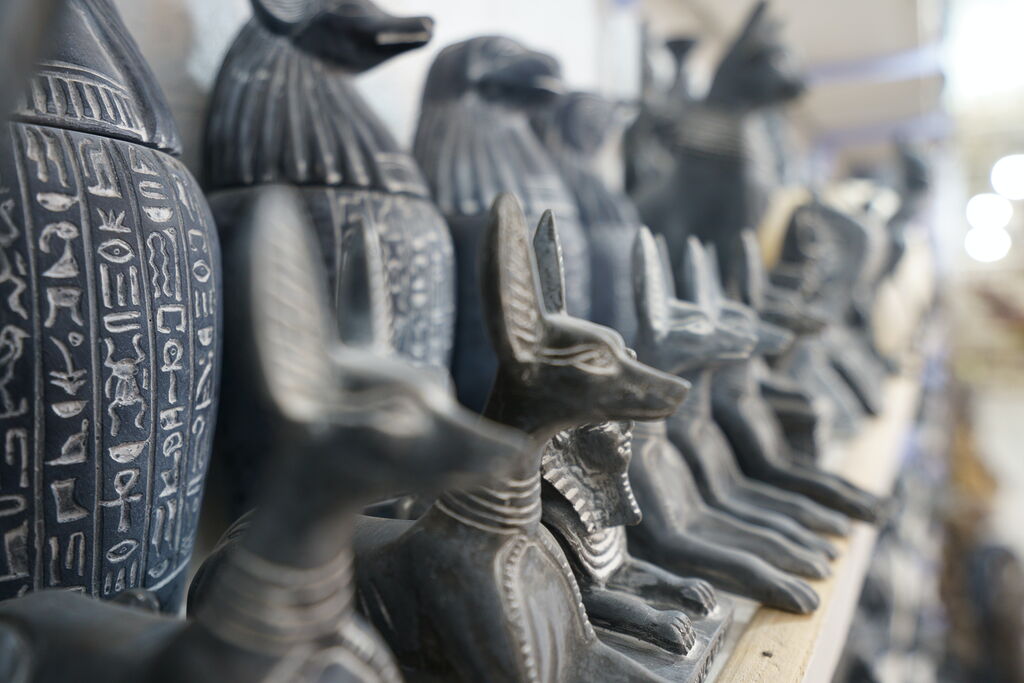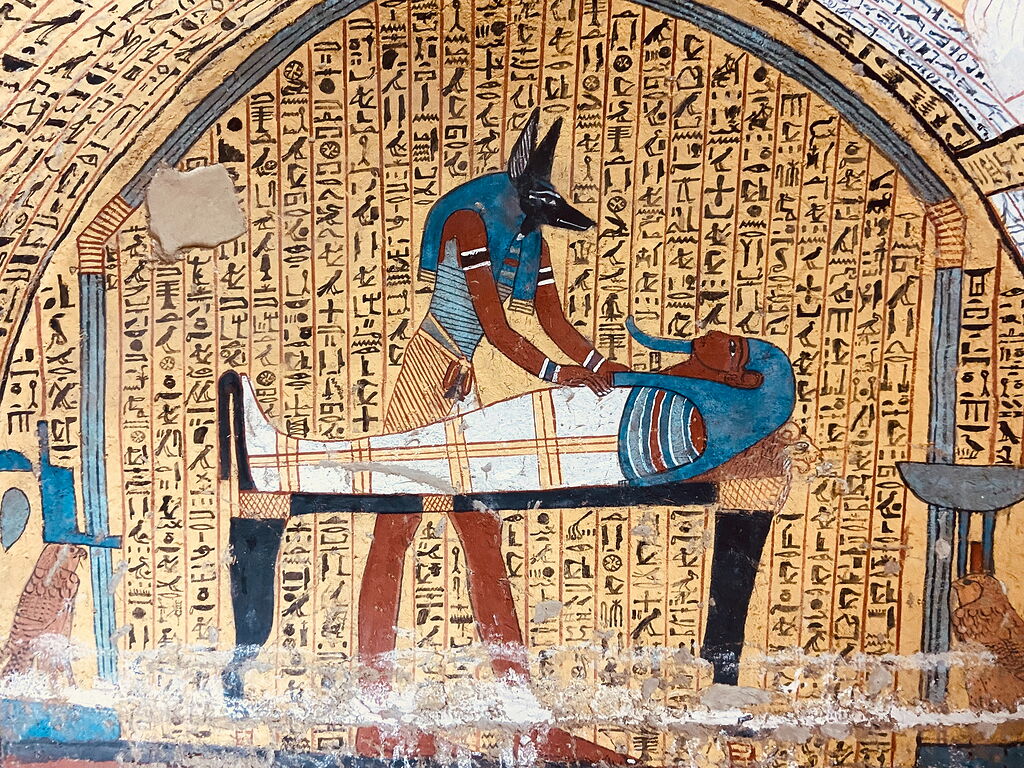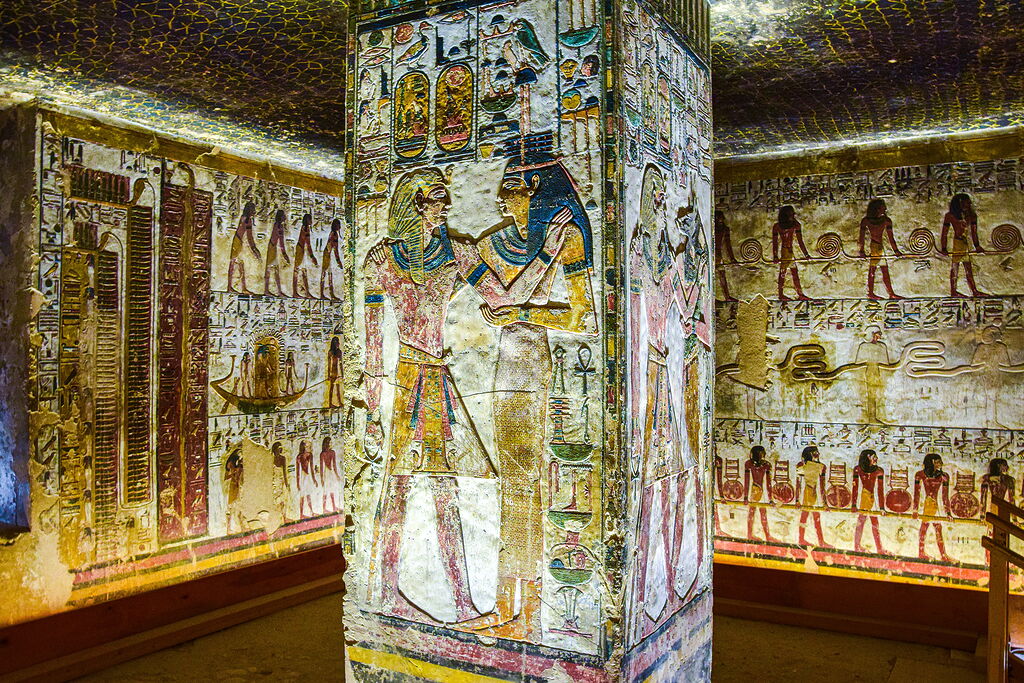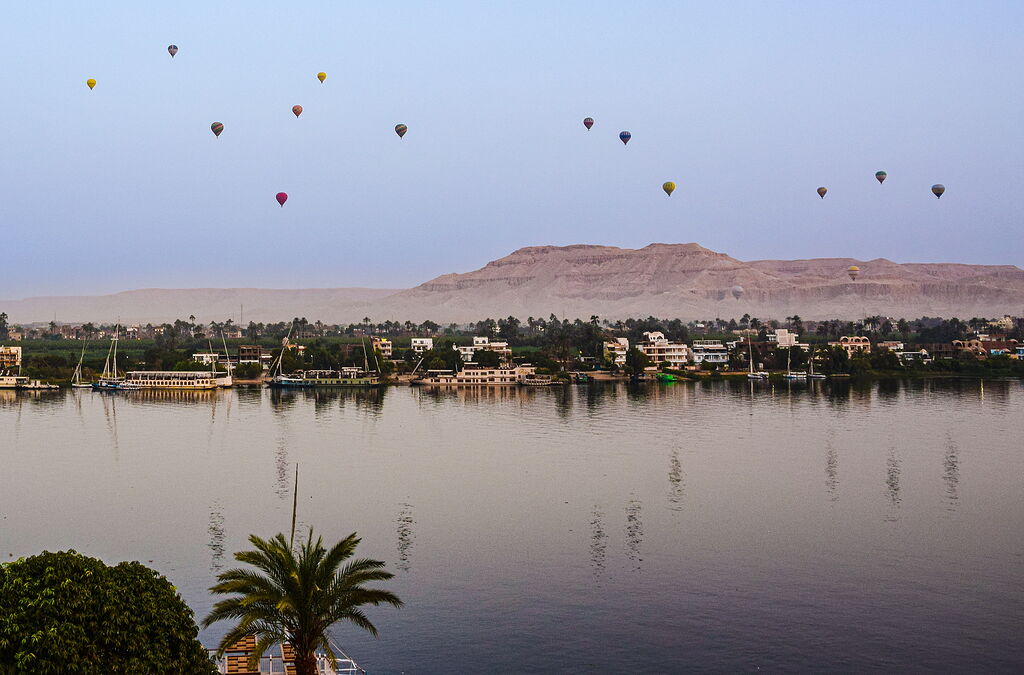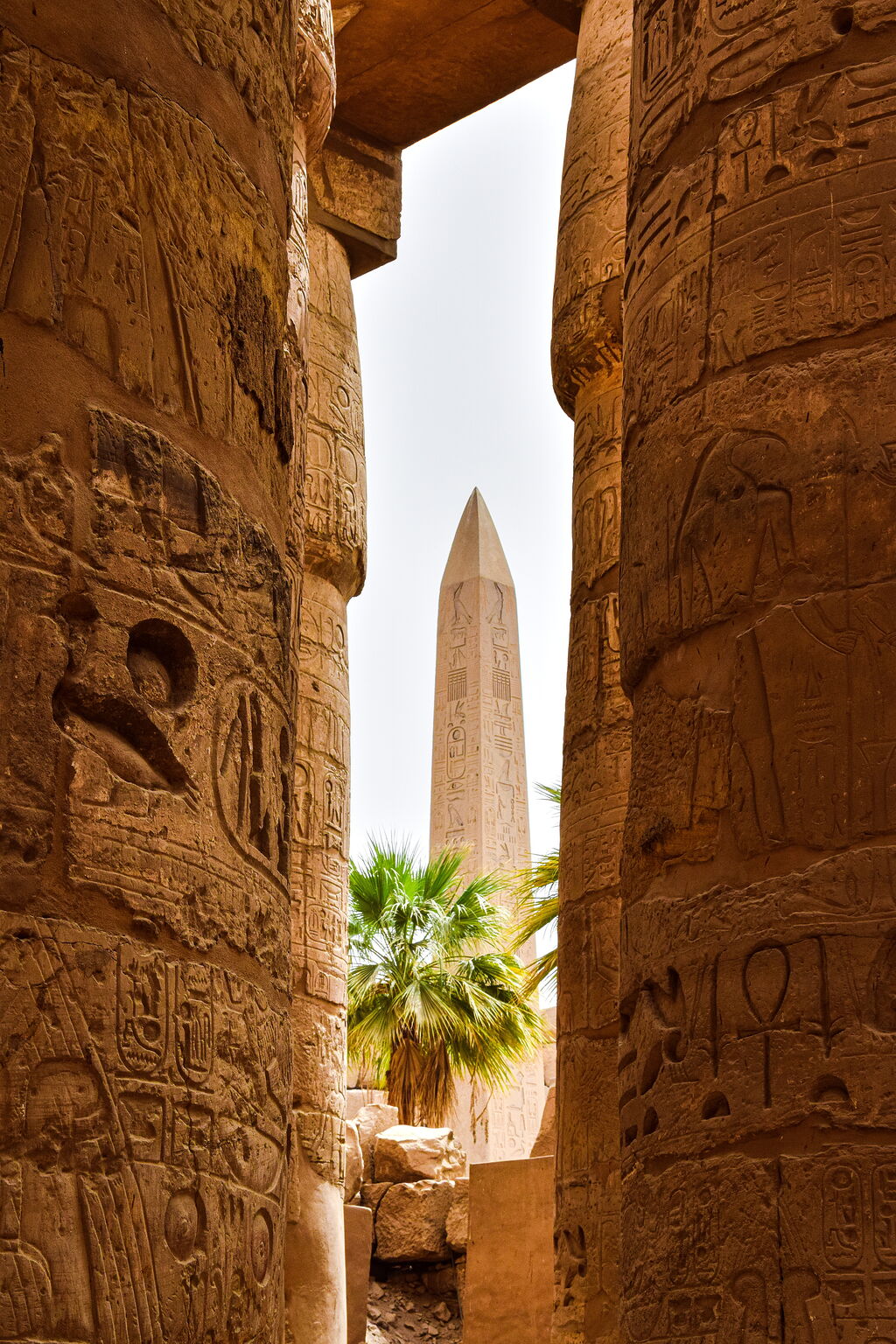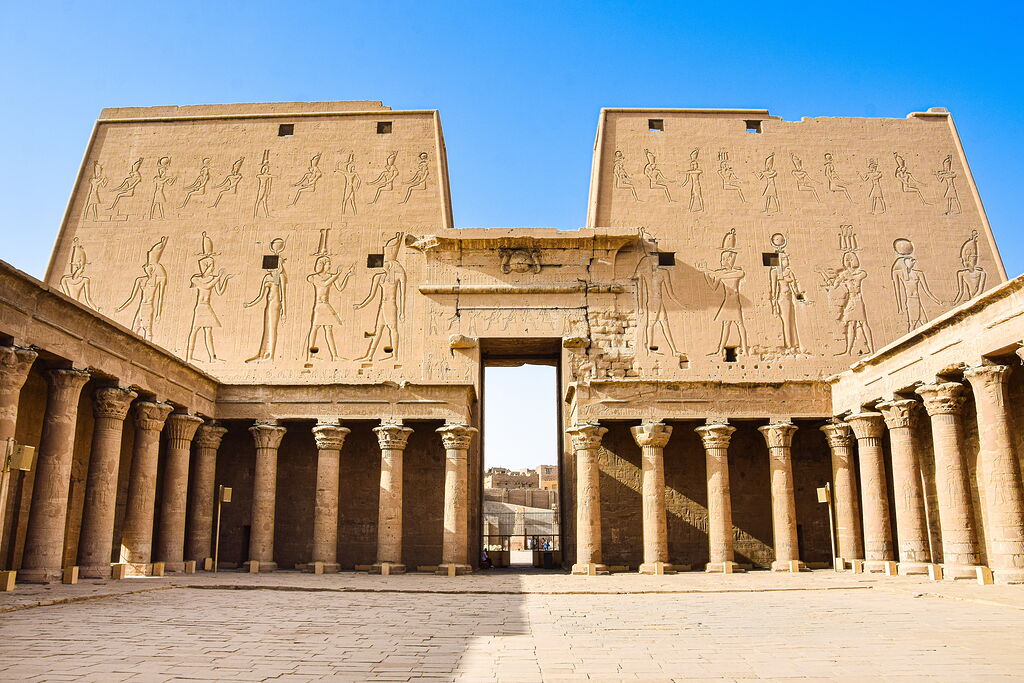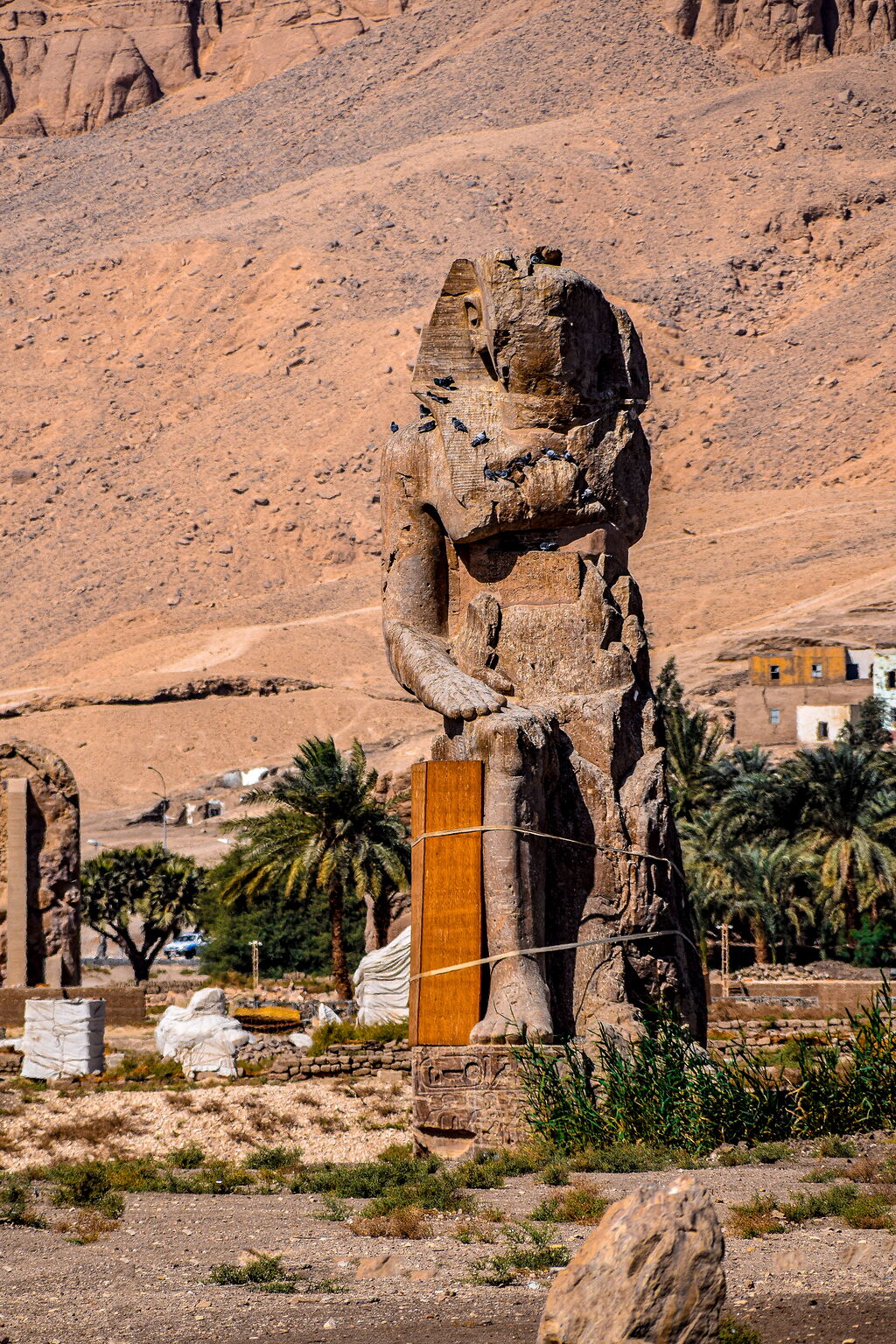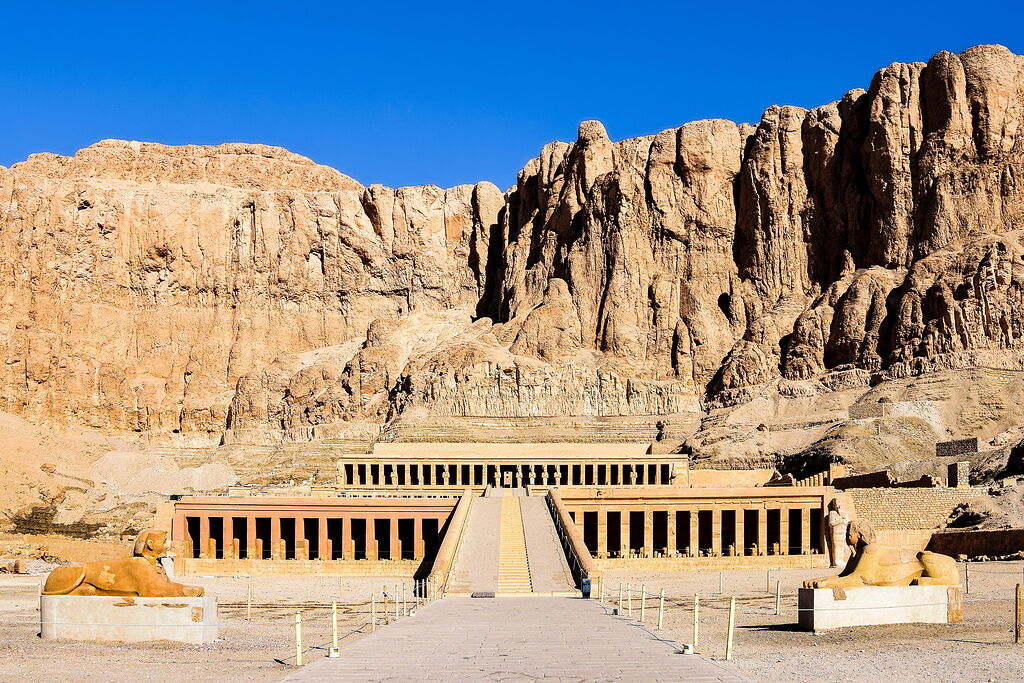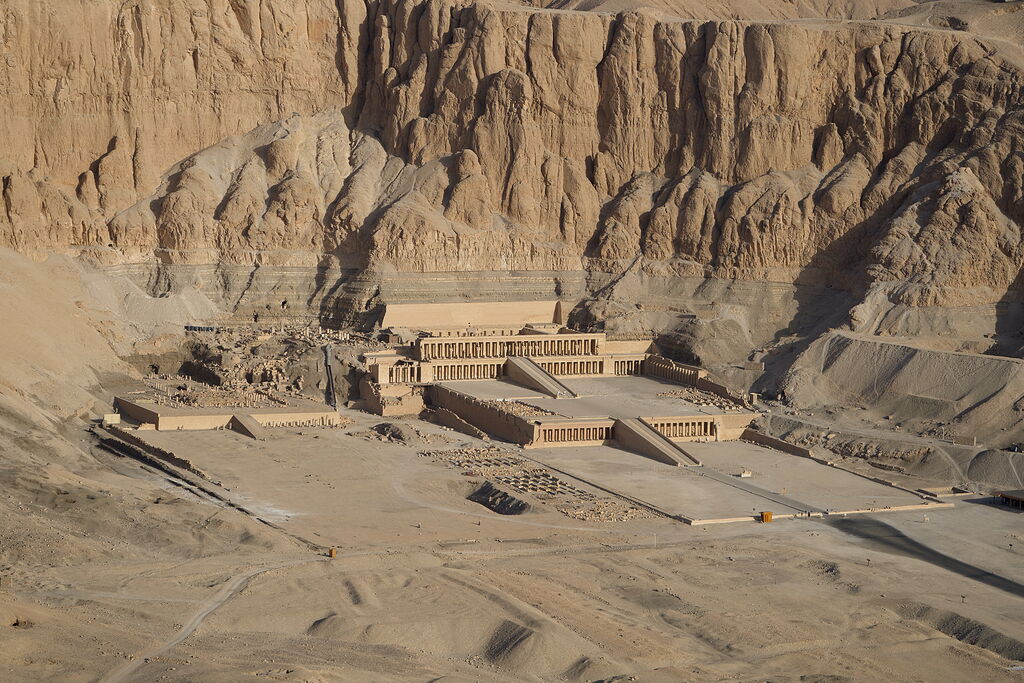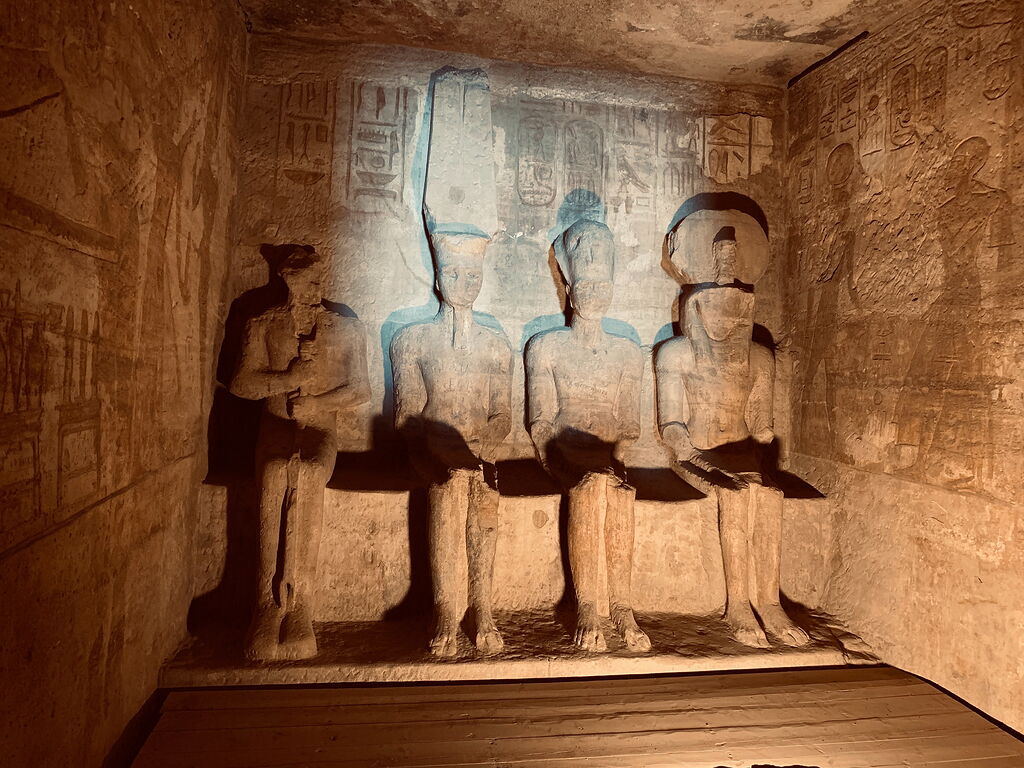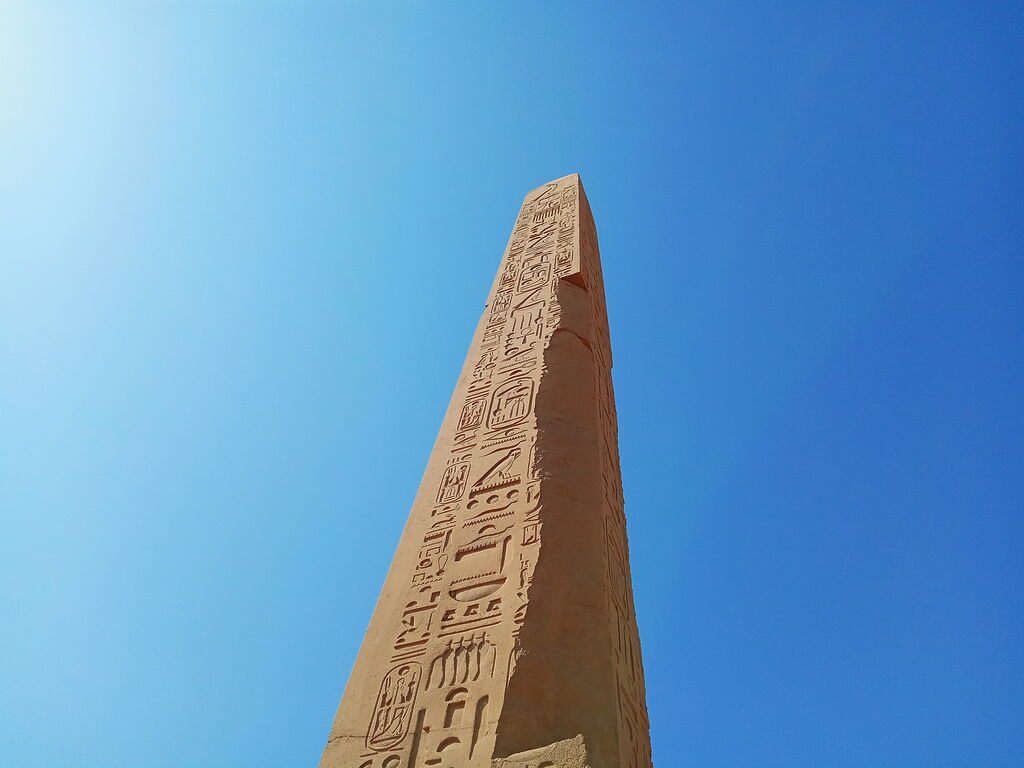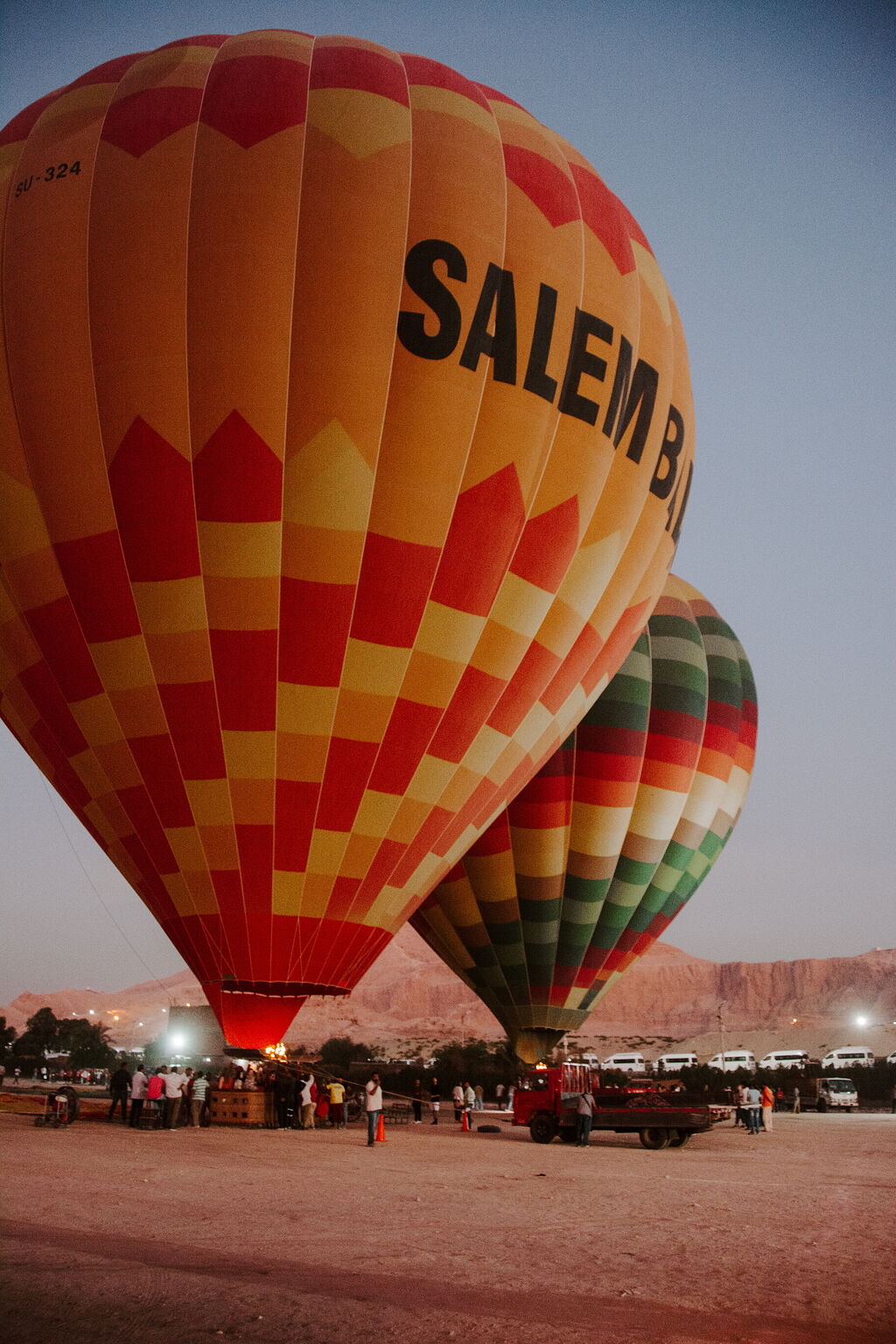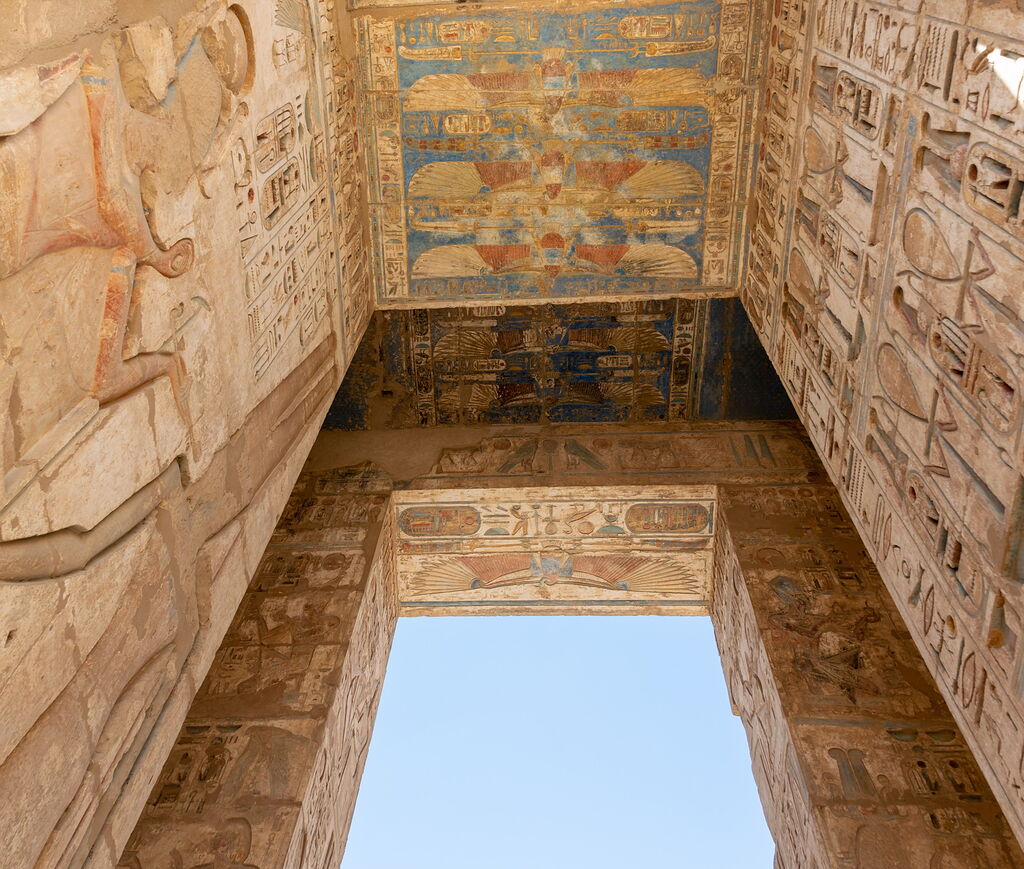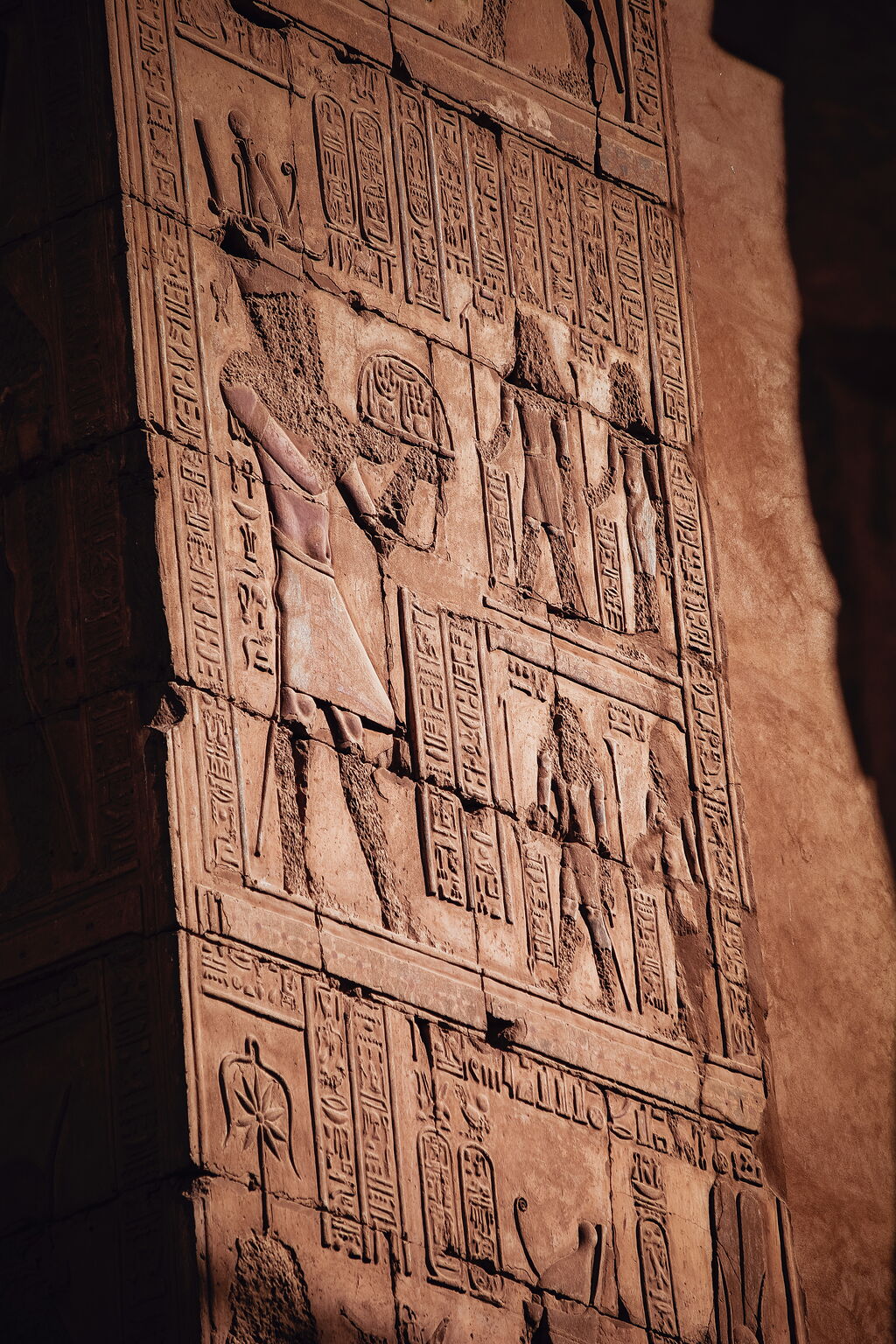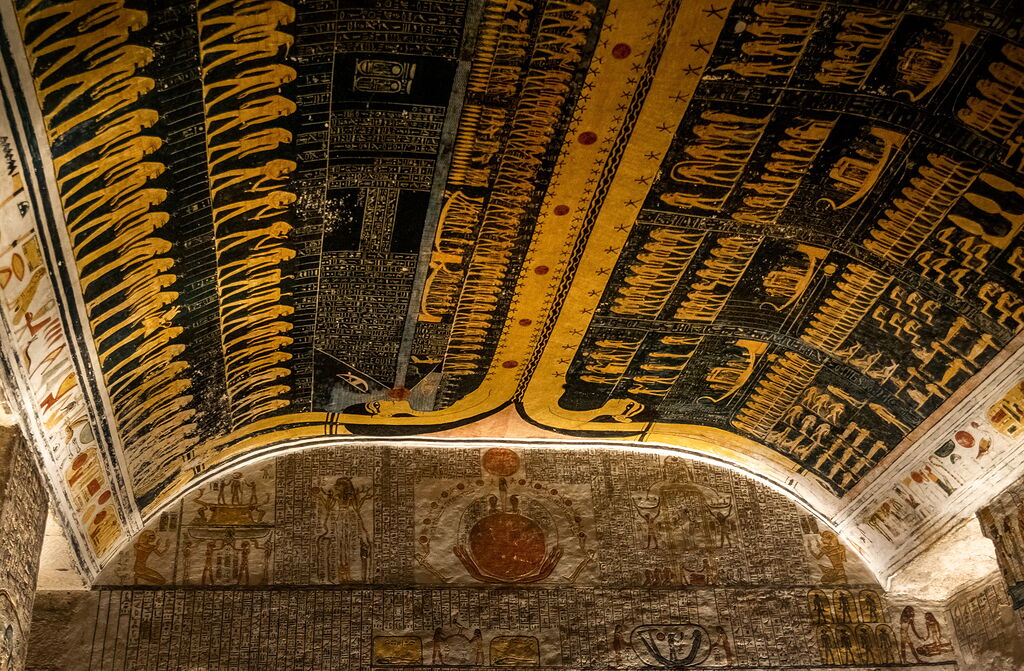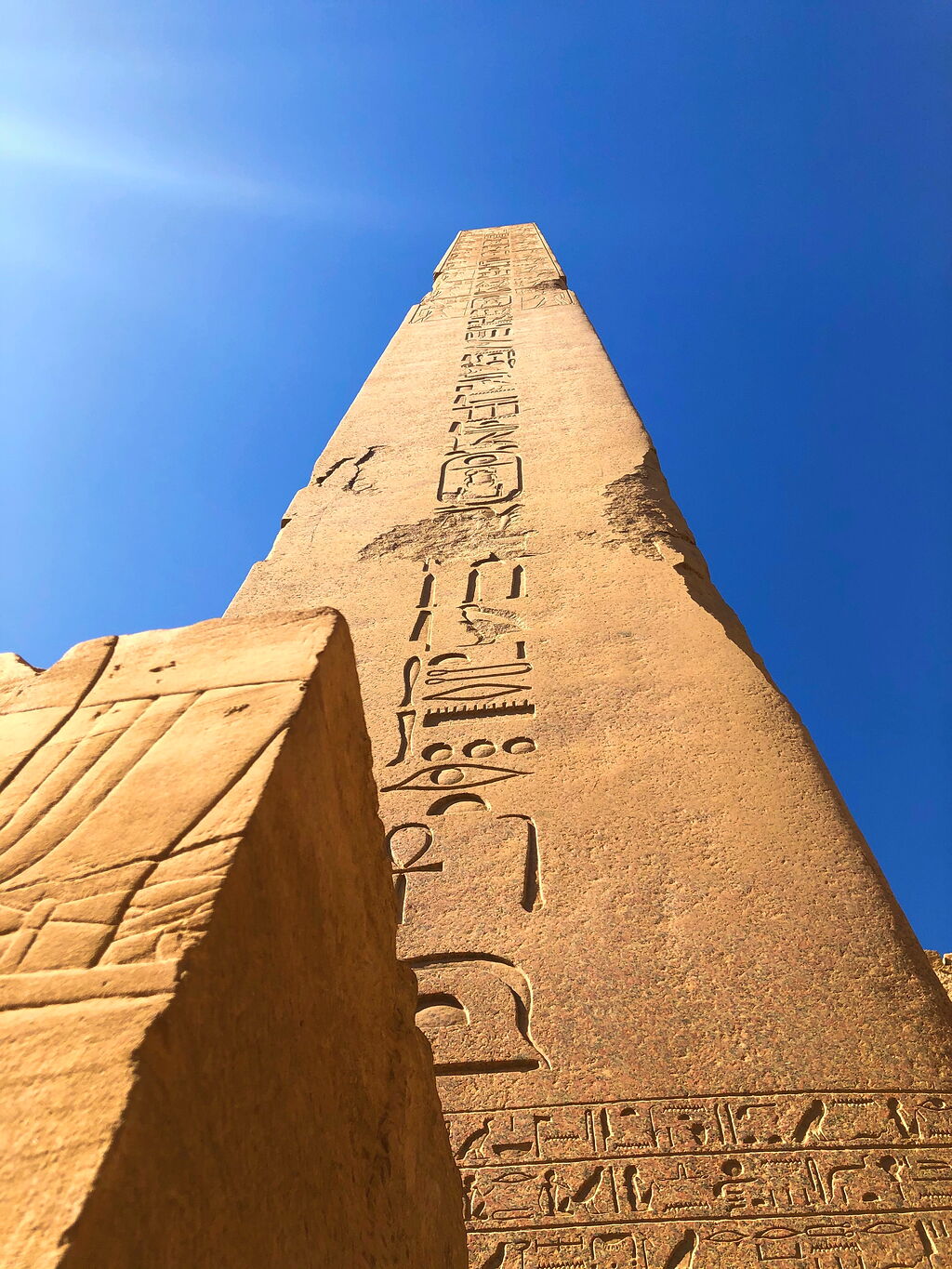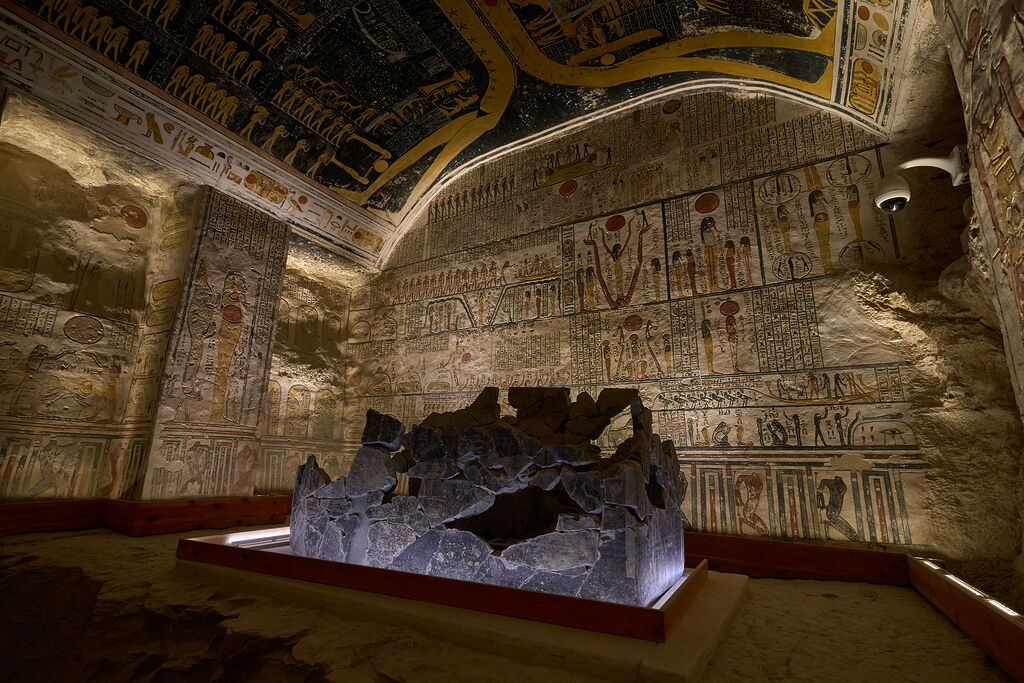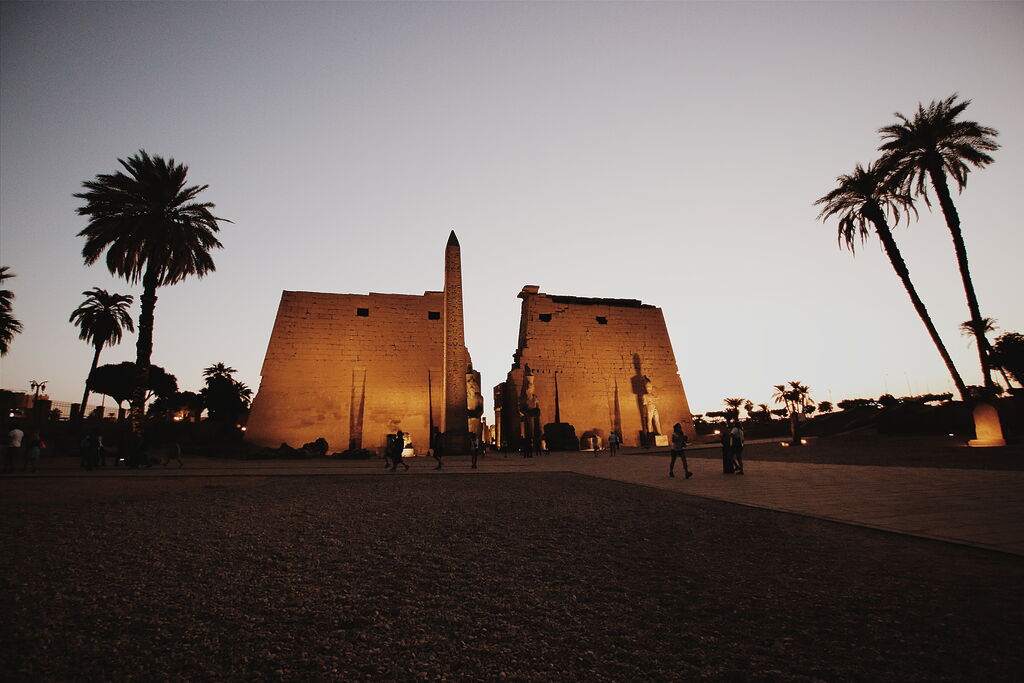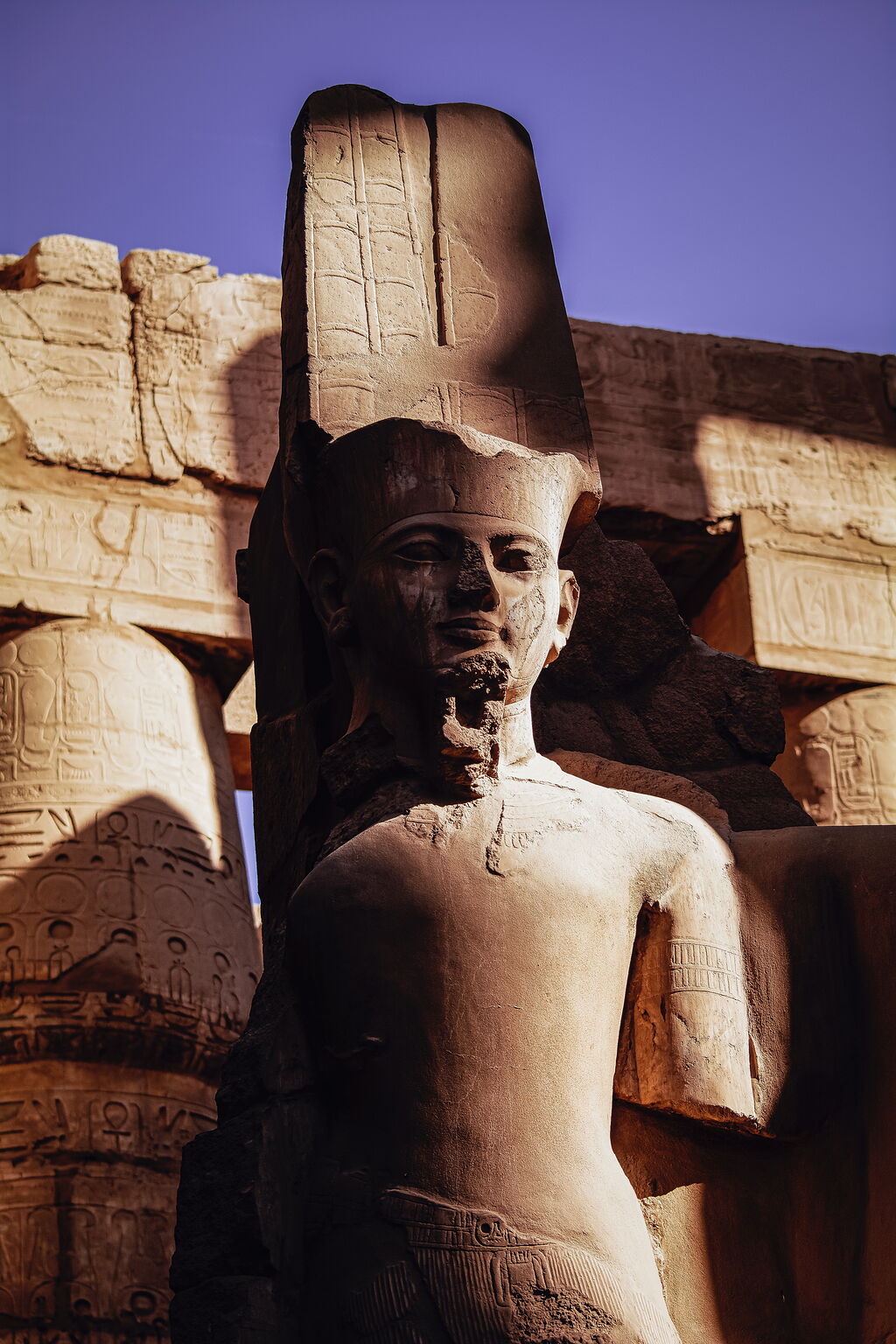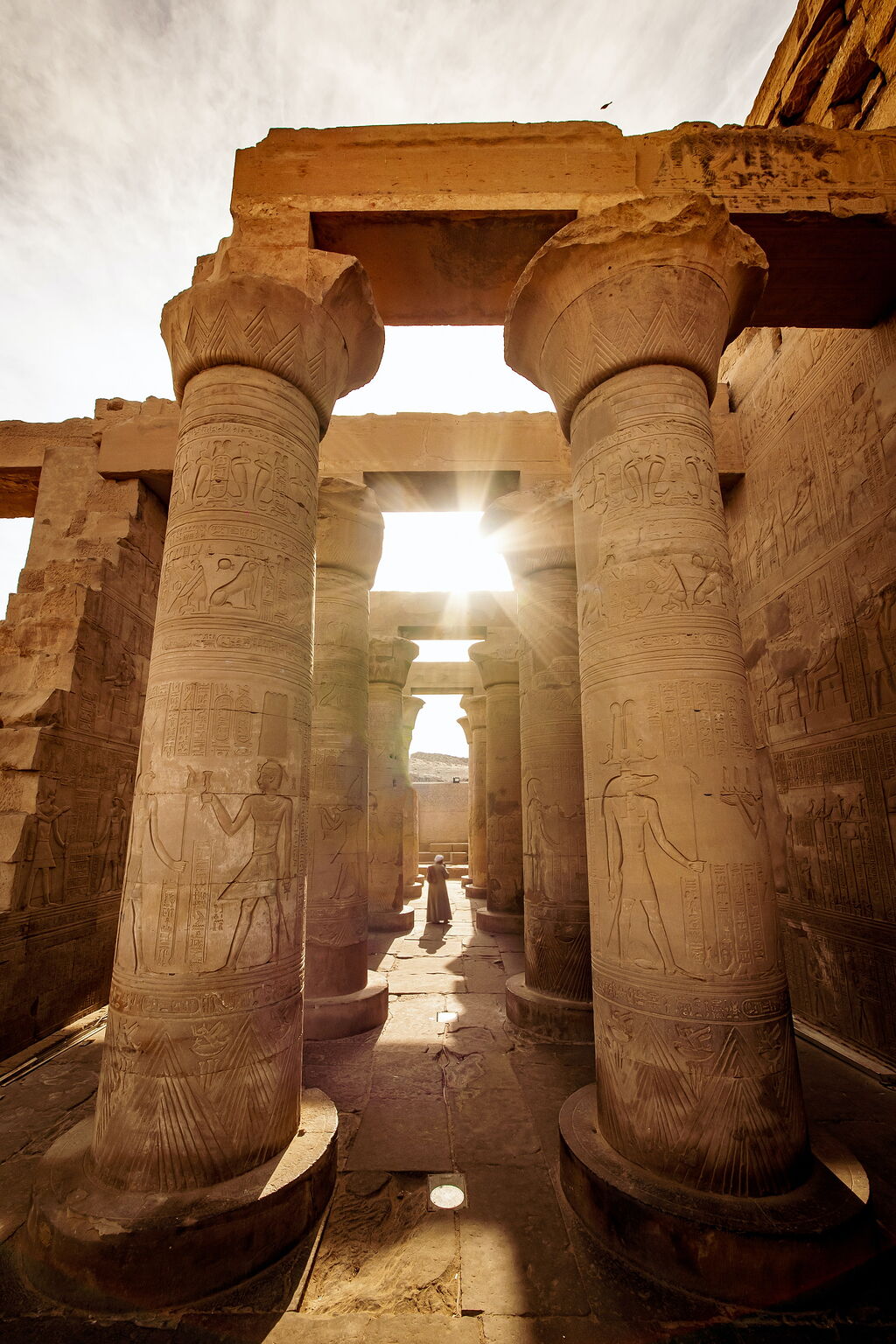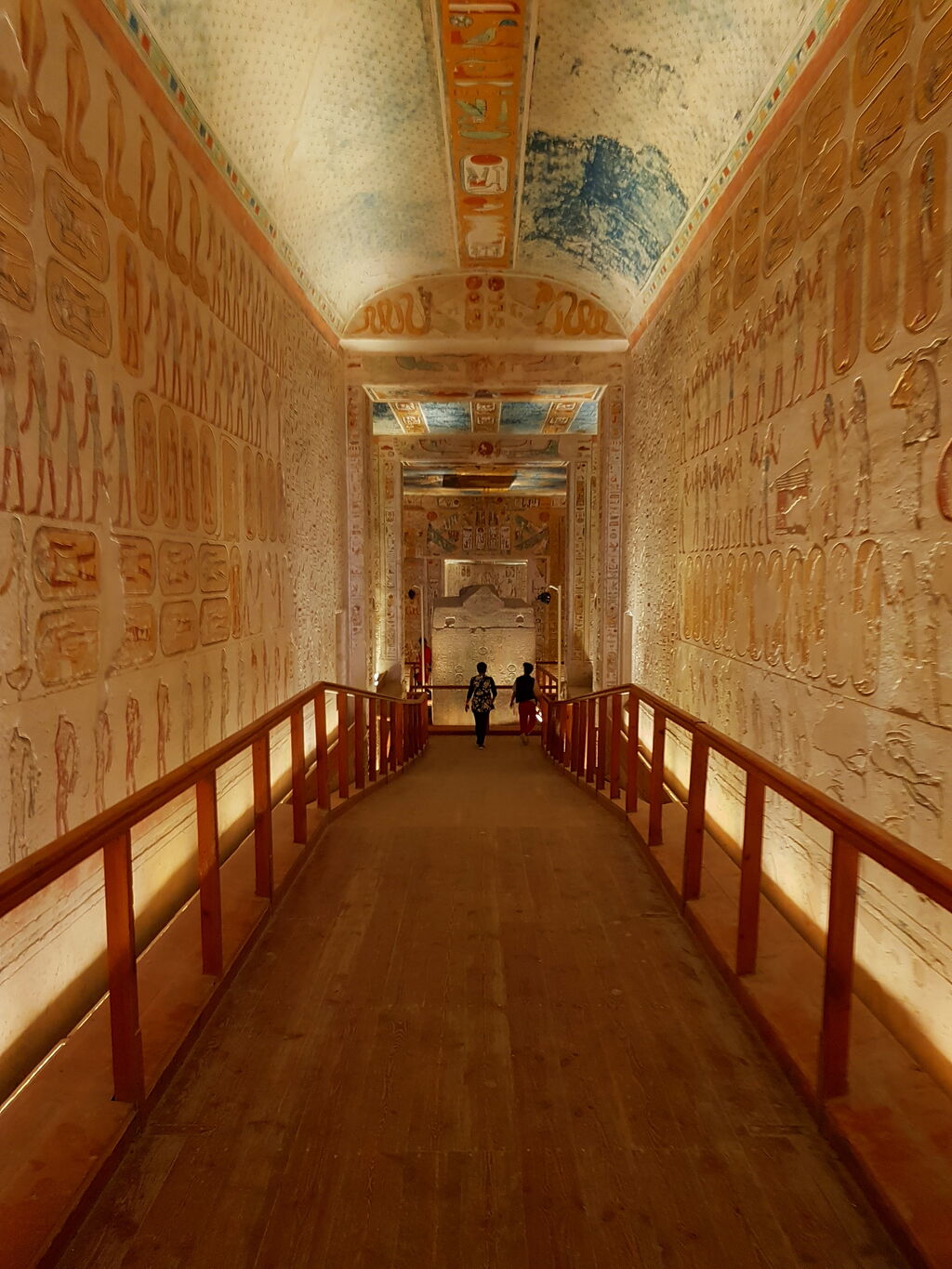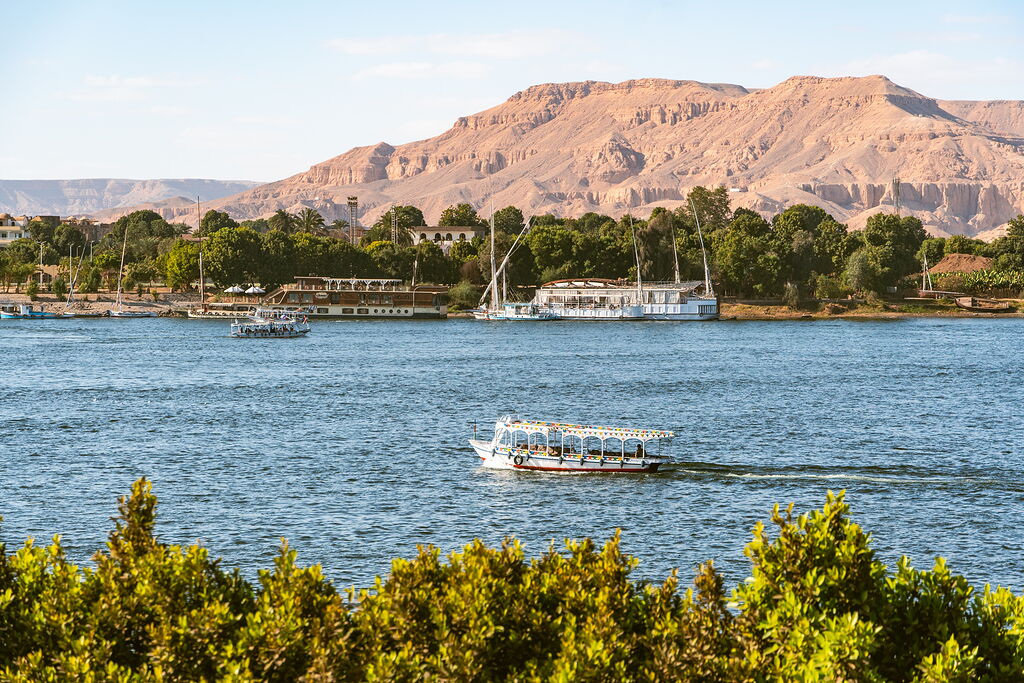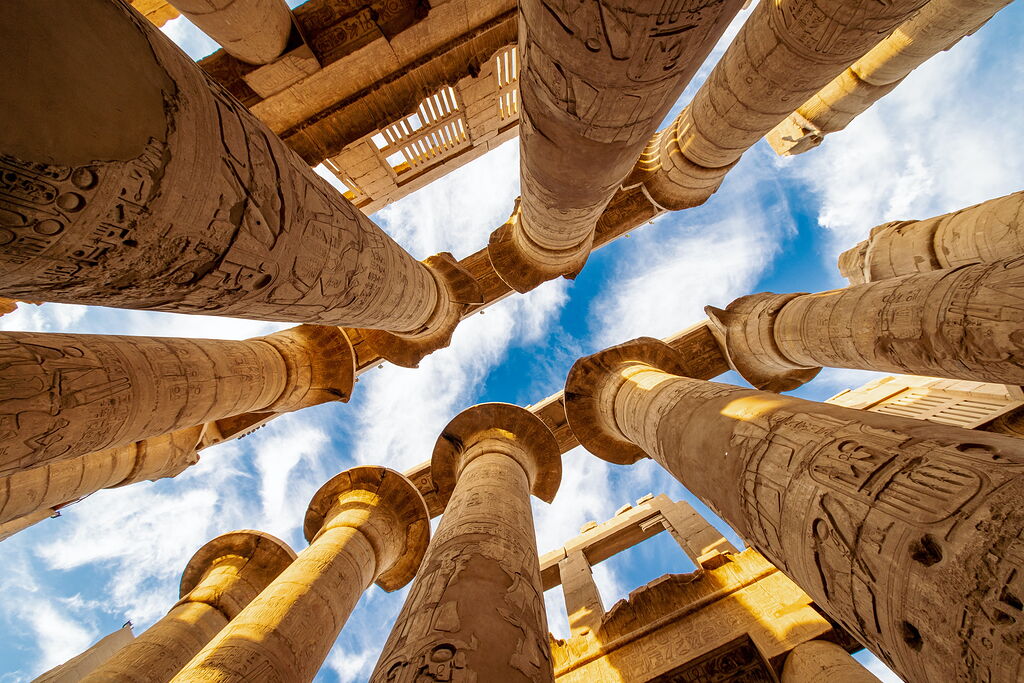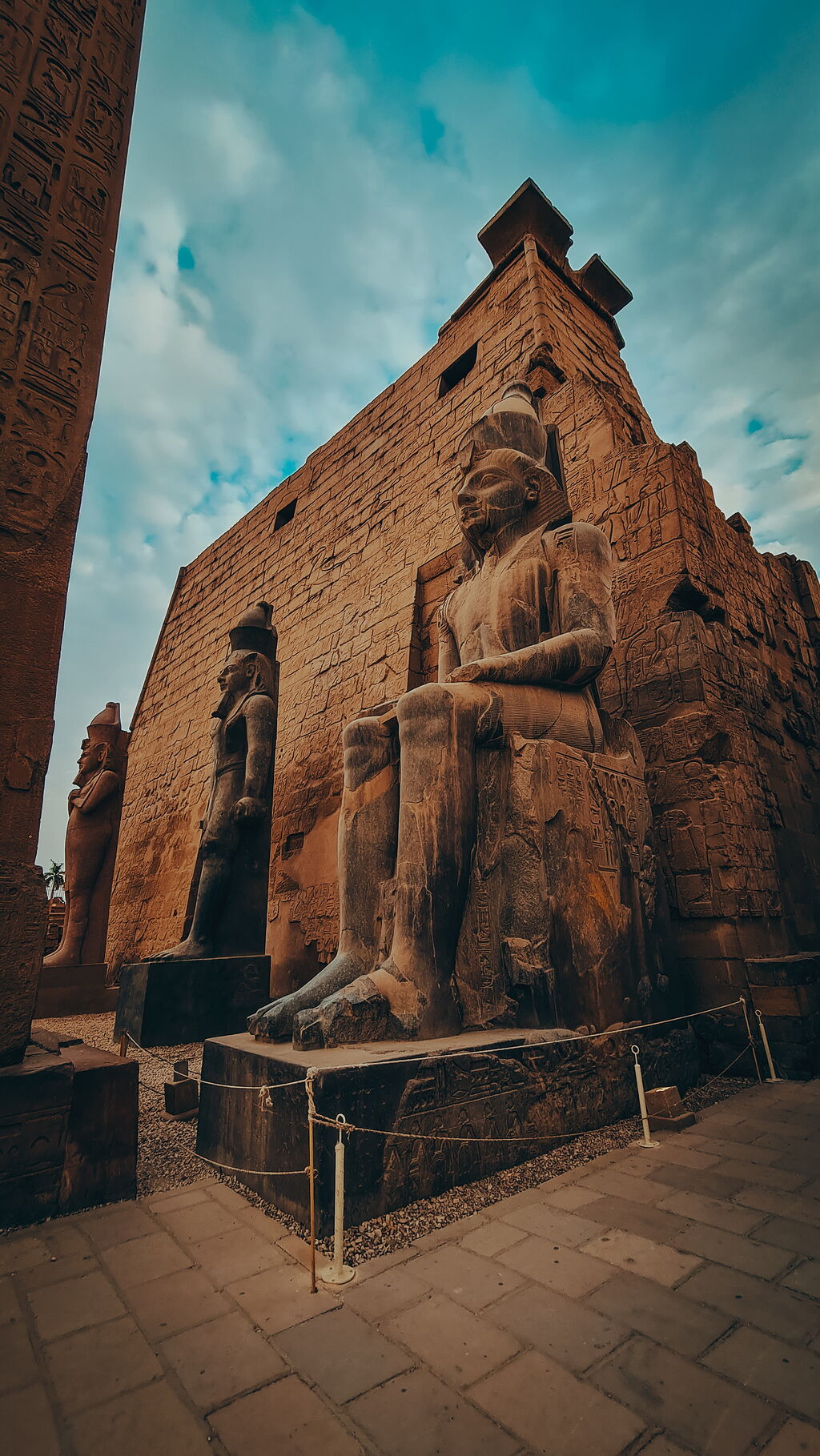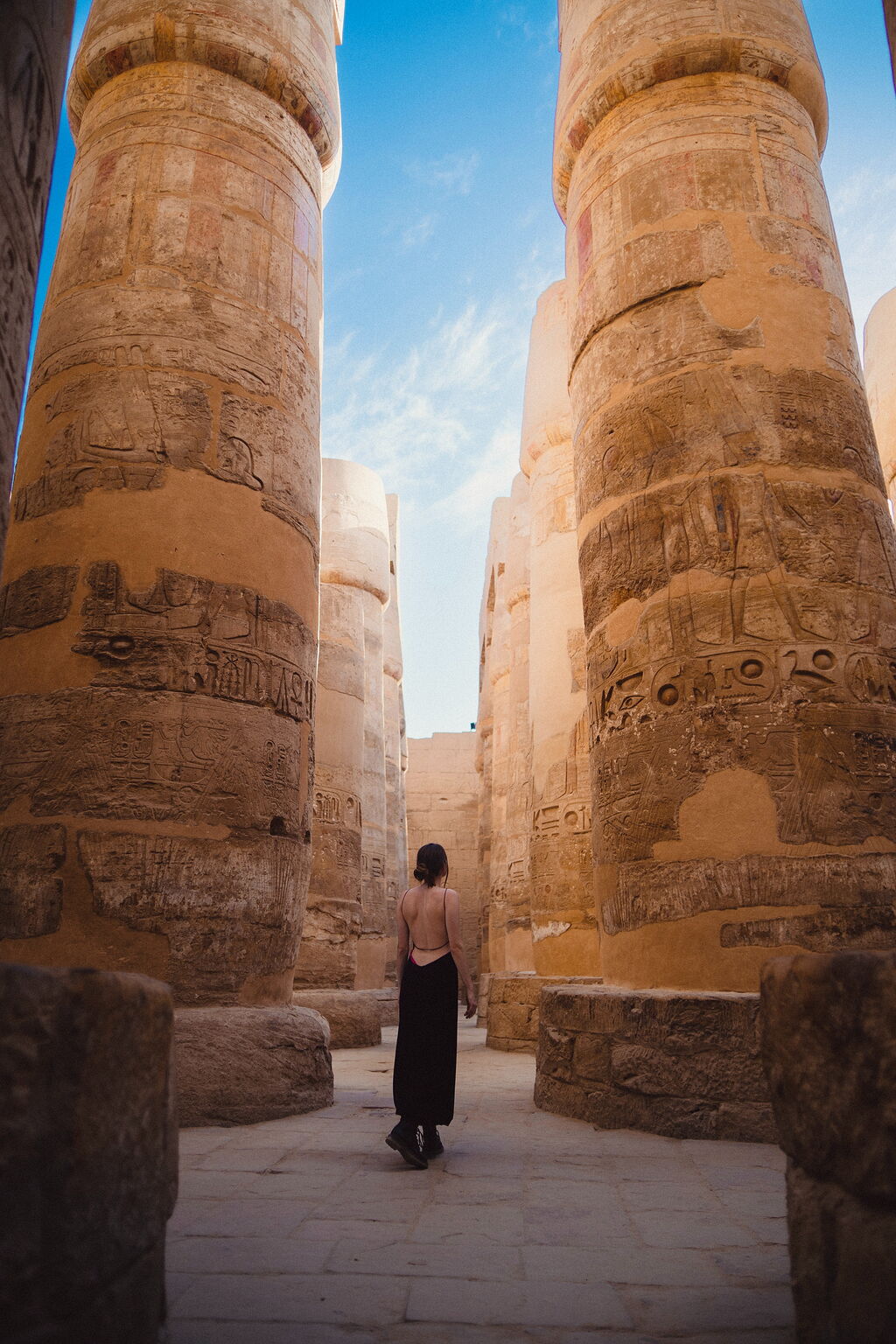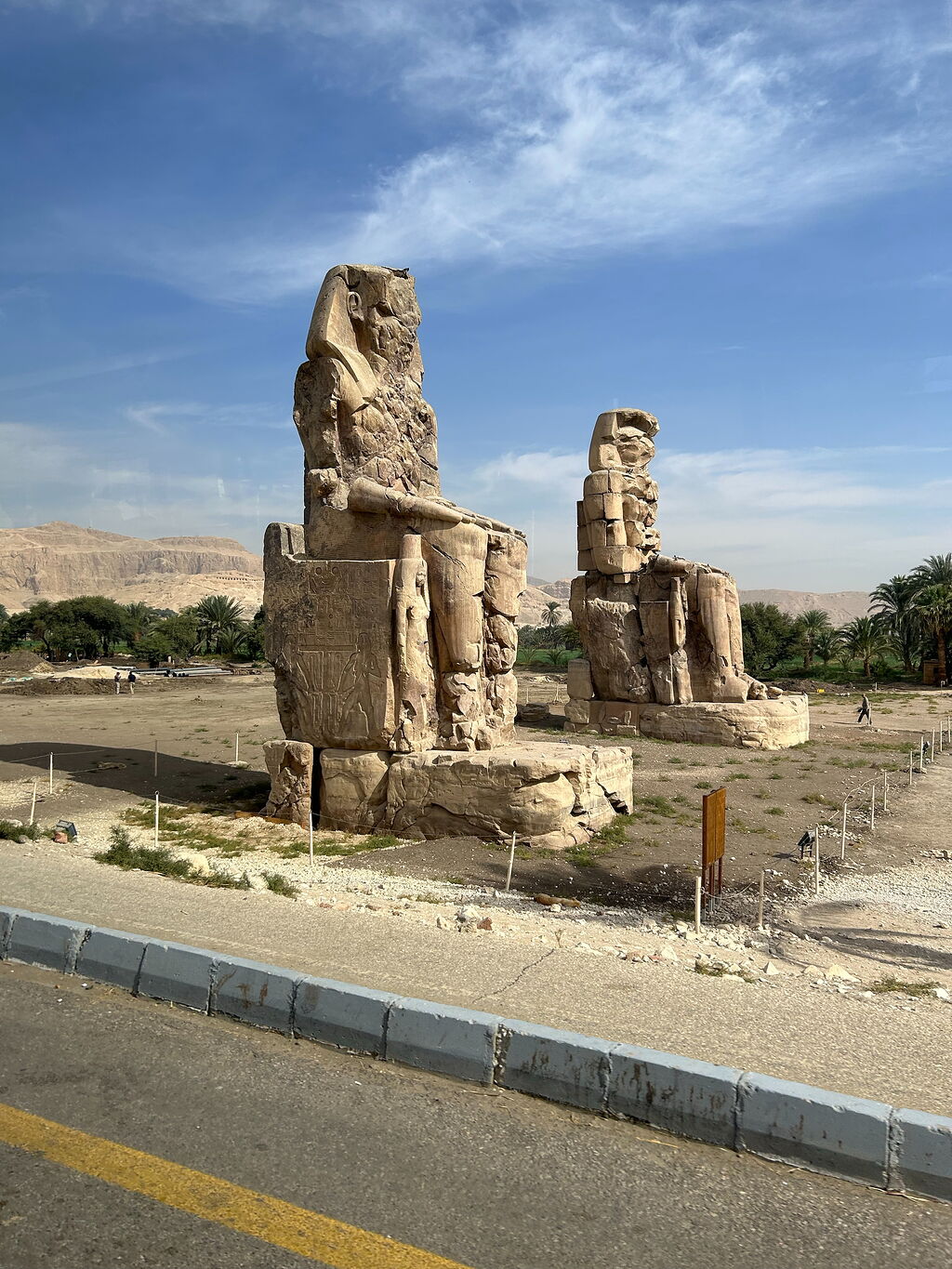Cats: Sacred Guardians of Ancient Egypt
In ancient Egypt, cats were revered and symbolized protection and good fortune. They were associated with the goddess Bastet, representing home, fertility, and domesticity. Egyptians kept cats to control vermin in granaries, and they even mummified cats, honoring them in death. Killing a cat, even accidentally, was a serious crime.
Charming Carriage Rides in Luxor
In Luxor, Egypt, choosing a horse carriage over a taxi offers a nostalgic journey through ancient history. This eco-friendly option provides a leisurely pace, allowing for greater appreciation of monumental temples and the Nile, ensuring an authentic and memorable Egyptian experience.
Survival and Kindness: Street Cats in Egypt
In present-day Egypt, street cats are ubiquitous, reflecting a resilient survival spirit. Locals and tourists frequently encounter them around markets and monuments. Although they face challenges, such as scarce food and healthcare, community initiatives and individual kindness help support and feed these cats, acknowledging their historical significance and contemporary presence.
Luxor Market: A Tapestry of Egyptian Heritage
The Luxor Market in Egypt is a vibrant tapestry of colors, scents, and sounds. It offers a variety of goods, from spices and textiles to handcrafted souvenirs, embodying the rich cultural heritage of the region. Locals and tourists alike flock here to experience the lively atmosphere and to purchase unique items.
Ascending Luxor: A Balloon View of History
Exploring Luxor, Egypt’s treasures doesn’t end at ground level. Balloon flights present a different, thrilling perspective, revealing the sprawling ancient city below. As the balloon ascends, passengers observe the sun rising over the iconic Nile River, temples, and the lush surrounding landscape, experiencing the timeless beauty and history in an unforgettable way.
Anubis and Amennakht’s Spiritual Connection
In Deir el-Medina, Egypt, the depiction of Anubis alongside the mummy of Amennakht stands testament to ancient beliefs. Anubis, the jackal-headed god, represents mummification and the afterlife. The well-preserved artifacts illustrate rituals surrounding death and afterlife, shedding light on the spiritual significance and practices of the artisan community residing in this ancient Egyptian village.
Hatshepsut's Temple: Architectural Grandeur and Ancient Narratives
The Mortuary Temple of Hatshepsut in Luxor, Egypt, stands as a testament to one of the few female pharaohs. Nestled beneath the cliffs of Deir el-Bahari, this architecturally unique, terraced temple showcases the grandeur of Hatshepsut’s reign, blending seamlessly with its natural surroundings. Visitors are captivated by its detailed reliefs narrating divine birth and historic trade expeditions, making it an indispensable monument shedding light on ancient Egypt’s complex socio-political and religious tapestry.
The Obelisk of Hatshepsut
The Obelisk of Hatshepsut in Luxor stands as a monumental tribute to one of Egypt's most powerful female pharaohs. Carved from a single piece of red granite, it is adorned with hieroglyphics depicting the divine connection between the queen and the gods, symbolizing her strength and eternalizing her legacy.
Sizable Baskets for Panoramic Views
In Luxor, Egypt, the capacity of hot air balloons typically ranges from 16 to 32 passengers. This ensures a communal yet spacious experience, allowing guests to comfortably enjoy panoramic views of the ancient city’s landmarks.
Nile River: Sustaining Modern-Day Egypt
The River Nile remains crucial in modern-day Egypt, serving as the lifeblood of the nation. It provides essential water for agriculture, drinking, and industry, sustaining millions of lives. The Nile also supports transportation and tourism, showcasing Egypt’s historical monuments, and contributes to the country’s economic vitality and cultural identity.
Luxor Balloon Flights: Aerial Glimpse of Antiquity
Balloon flights in Luxor offer breathtaking aerial views of Egypt’s ancient landscapes. As the sun rises, visitors ascend over historical treasures like Karnak Temple and the Valley of the Kings, witnessing the interplay of light and shadows over these archaeological wonders, creating an unforgettable and serene experience of Luxor's richness.
Exploring Luxor's Magnificent Tomb KV9
Tomb KV9 in Luxor's Valley of the Kings, originally built for Ramses V and later Ramses VI, is a testament to ancient Egyptian artistry and beliefs in the afterlife. This elaborately decorated tomb showcases intricate reliefs, astronomical ceilings, and sacred texts, providing insight into royal burial practices and the civilization's rich spiritual heritage. Visitors explore it marveling at its historical significance.
Nile River: Lifeline of Ancient Egyptian Civilization
The Nile River was the lifeline of ancient Egypt, its annual floods bringing fertility to the otherwise arid landscape. It provided water, food, and transportation, enabling the development of a thriving civilization. The Nile's significance was reflected in mythology and religious beliefs, symbolizing the sustenance and continuity of life.
Colossi of Memnon: Guardians of Theban Necropolis
The Colossi of Memnon in Luxor, Egypt, are two massive stone statues depicting Pharaoh Amenhotep III. Erected around 1350 BC, they have guarded the Theban Necropolis for centuries. Despite weathering and earthquakes, these statues remain iconic, showcasing ancient Egyptian artistry and the grandeur of Amenhotep III's reign.
